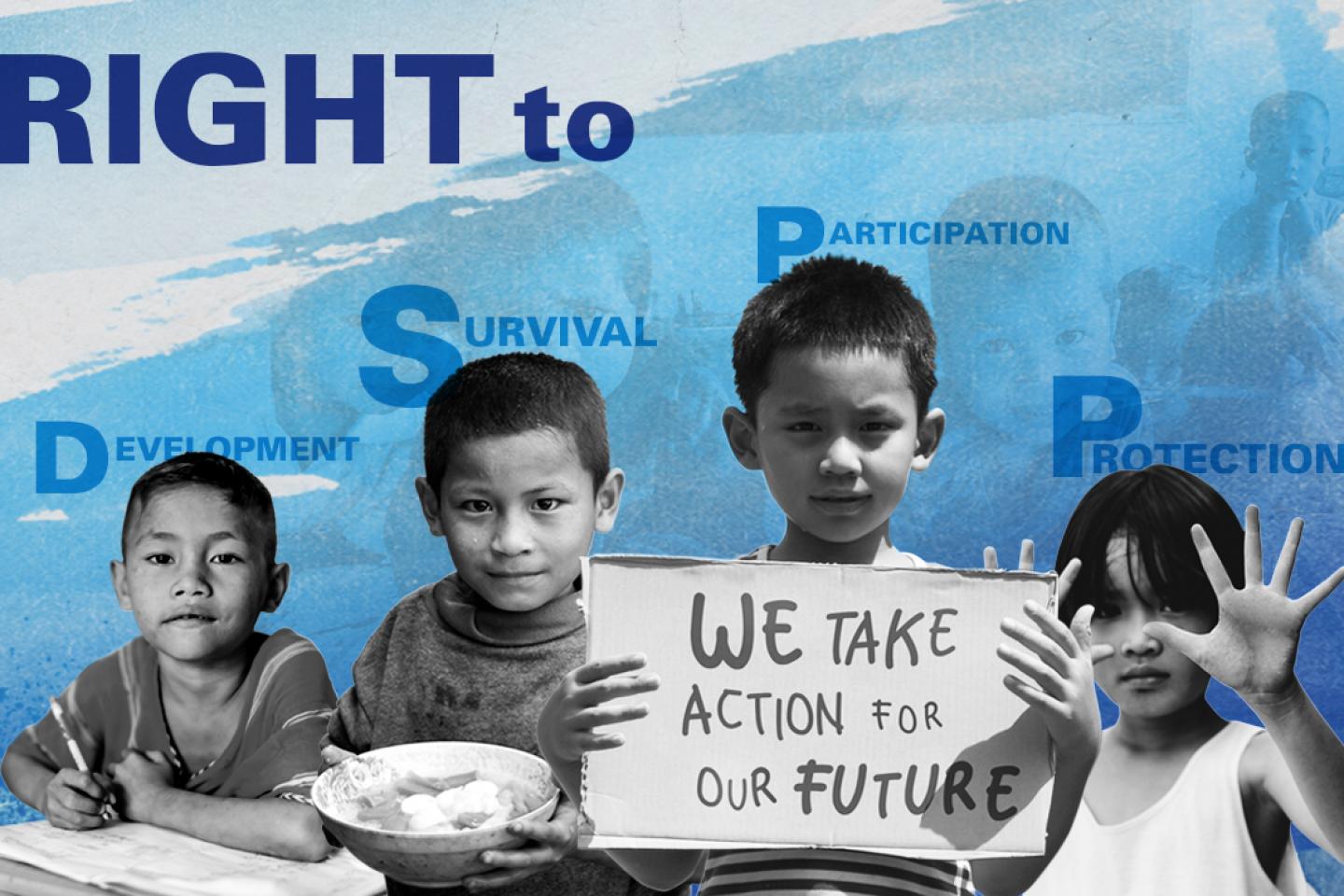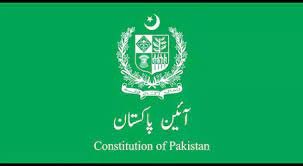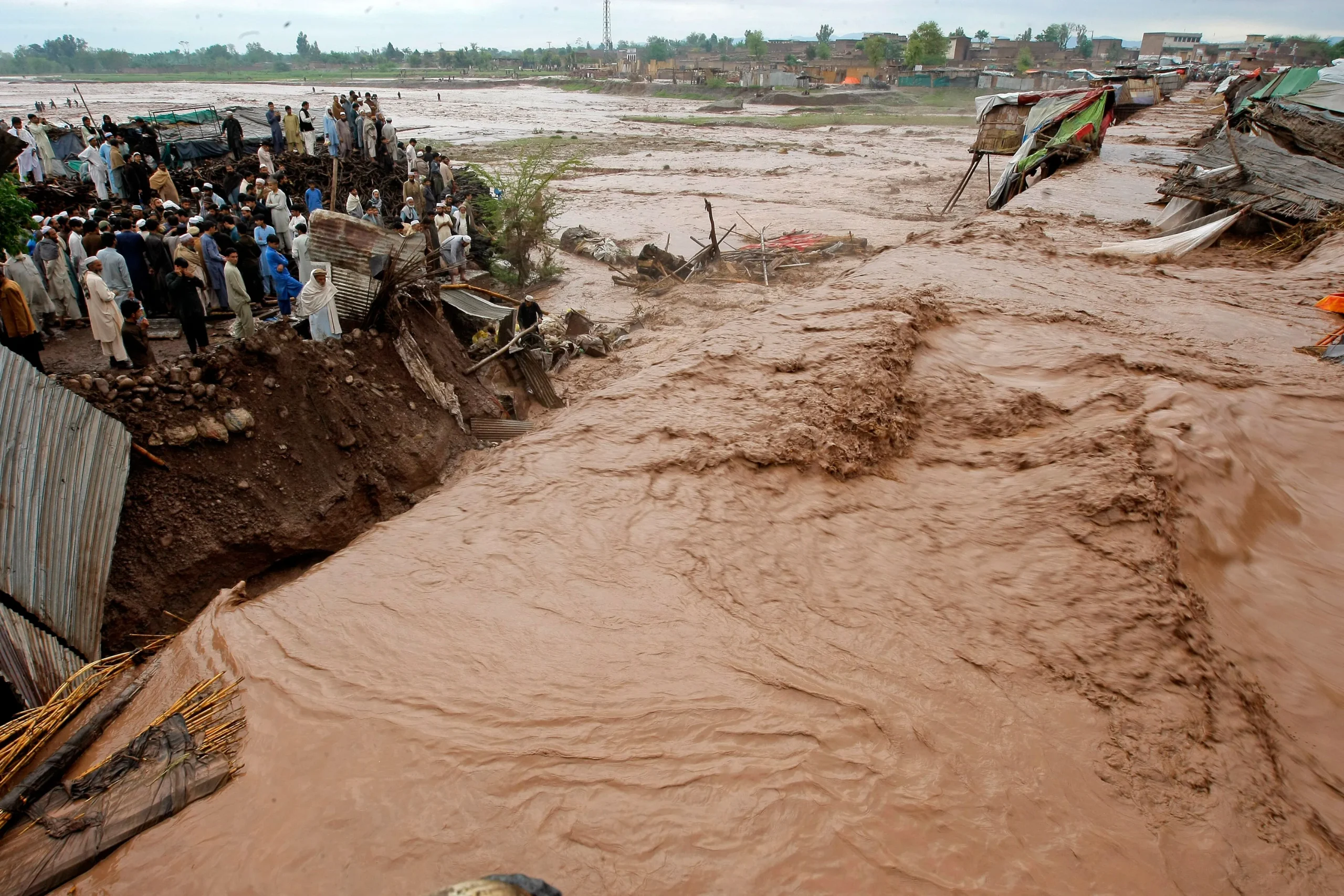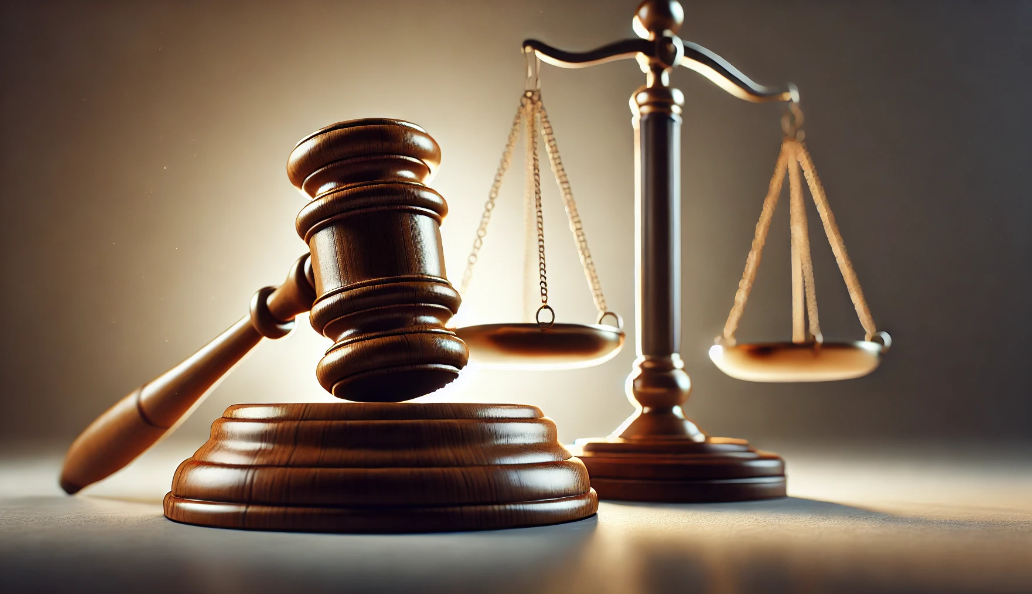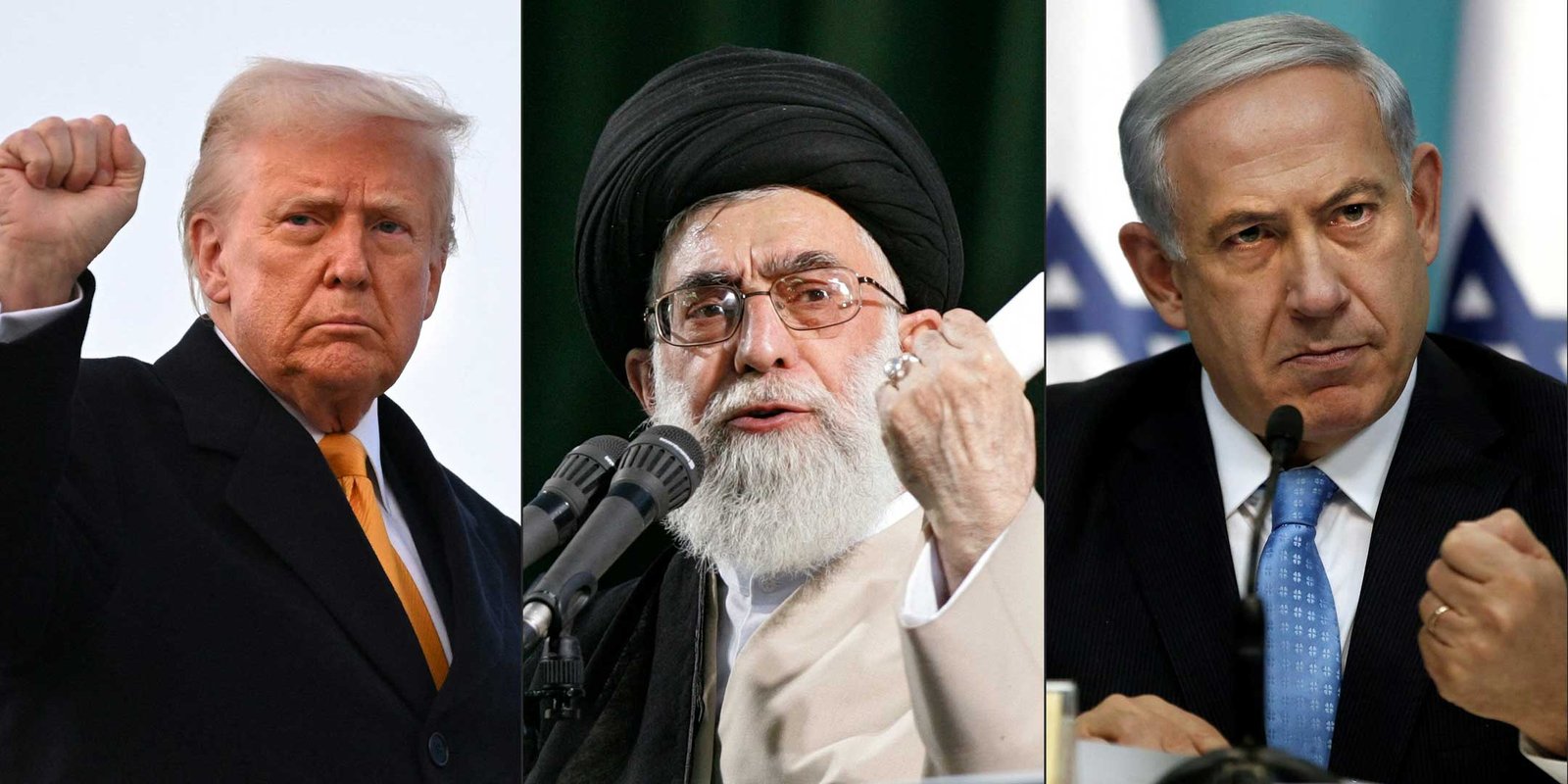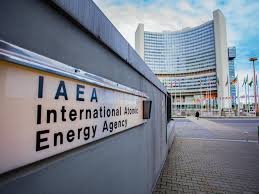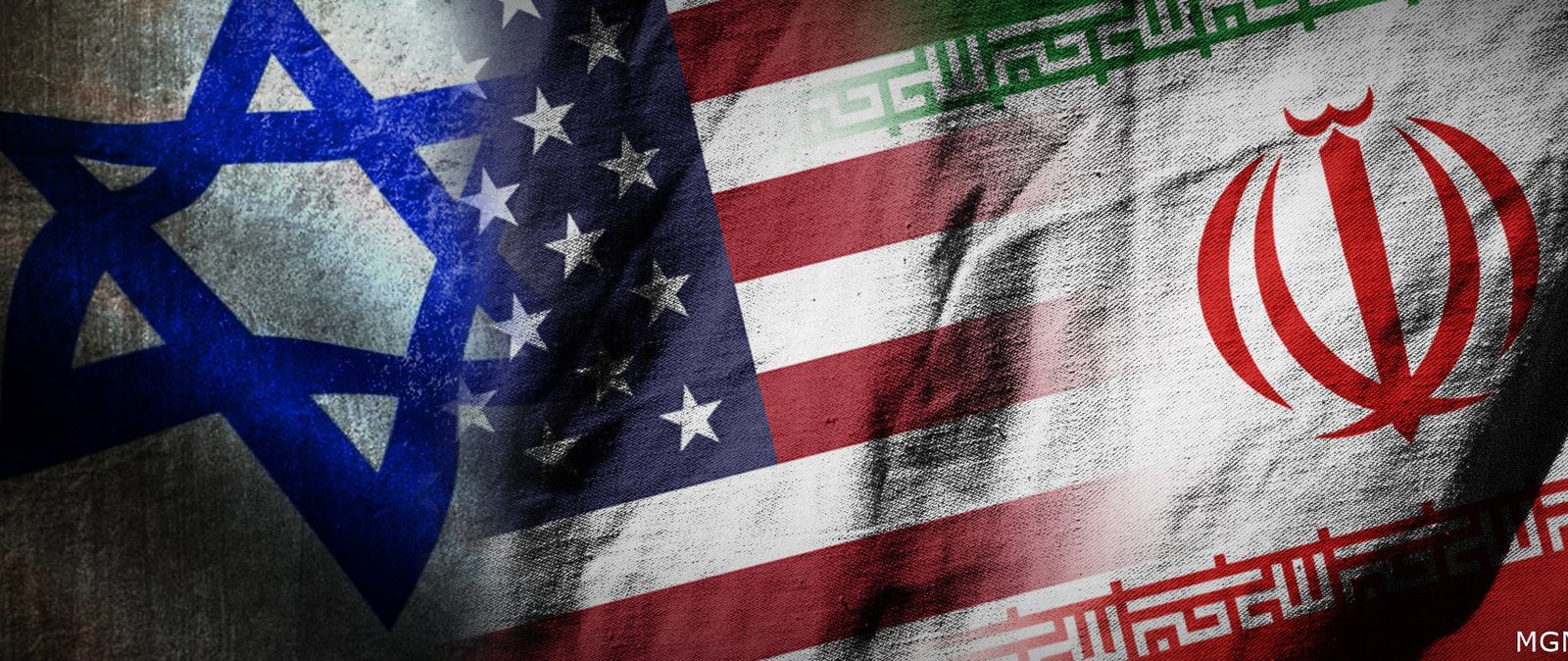EDITORIAL
In 1989 something incredible happened. Against the backdrop of changing world order, world leaders came together and made a historic commitment to the world’s children. They promised every child to protect and fulfil their rights by adopting an international legal framework – the United Nations Convention on the Rights of the Child.
This treaty contains a profound idea: children are not just objects belonging to their parents and for whom decisions are made or adults in training. Instead, they are human beings and individuals with their rights. The Convention says childhood is separate from adulthood and lasts until 18; it is a unique, protected time in which children must be allowed to grow, learn, play, develop and flourish with dignity. The Convention became the most widely ratified human rights treaty in history and has helped transform children’s lives.https://republicpolicy.com/world-childrens-day/
The Convention is the most widely ratified human rights treaty in history. It has inspired governments to change laws and policies and invest so that more children finally get the health care and nutrition they need to survive and develop. More robust safeguards are in place to protect children from violence and exploitation. It has also enabled more children to have their voices heard and participate in their societies.
Despite this progress, the Convention is still not fully implemented or widely known and understood. Millions of children continue to suffer violations of their rights when they are denied adequate health care, nutrition, education and protection from violence. Childhoods continue to be cut short when children are forced to leave school, do hazardous work, get married, fight in wars or are locked up in adult prisons.
And global changes, like the rise of digital technology, environmental change, prolonged conflict and mass migration, are entirely changing childhood. Today’s children face new threats to their rights but also new opportunities to realize their rights.https://republicpolicy.com/is-non-formal-education-a-way-forward/
Article 25(1) of the Pakistani Constitution states that “all citizens are equal before the law and entitled to equal protection of the law”. Article 37(a) of the Convention states that “no child shall be subjected to torture or other cruel, inhuman or degrading treatment or punishment”. Pakistani laws do not afford sufficient protection against torture and other ill-treatment. This legislative lack is among the leading causes of many cases of torture reported in Pakistan. Children are common victims of these violations. The constitution’s Article 25(A) (which deals with the right to education), Article 11(3) (which forbids the employment of children) and the Pakistan Penal Code’s section 82 (which grants blanket immunity to children below a certain age) all have different upper limits for the age of children. Many social indicators give a measure of the progress achieved by the Islamic Republic of Pakistan regarding Children’s Rights since its independence in 1947. Access to health services, education and life expectancy has improved as the infant mortality rate and illiteracy has declined. Despite everything, the full realization of Children’s Rights will still demand enormous time and effort.https://republicpolicy.com/explaining-article-3-of-the-constitution-who-will-eliminate-exploitation/
Pakistan’s children face several challenges ranging from child abuse to social, cultural, educational and emotional exploitation. The growth and protection of children in Pakistan should be the state’s and society’s priority. The children are the future of Pakistan. Hence, there is need to implement the convention in Pakistan. The judicial, administrative and social organizations must implement the rights of child. Even, if there are better rules and procedures in place, the outcomes shall not be achieved unless the policies are implemented. There is a need to incorporate and implement the following policies and frameworks for protecting and growing children in Pakistan.
- To assess the impact of the constitutional, legal and administrative provisions having a bearing on the welfare and development of children and suggest measures to provide full opportunities for their complete growth.
- To suggest amendments and additions to the Constitution and national laws to bring them into harmony with the United Nations Convention on the Rights of the Child.
- To formulate a National Policy for Child Welfare and Development in the Country.
- To formulate legislation to deter child abuse in all its forms, including physical violence, child mutilation, exposure to drugs, child labour and protection to children who are disabled (mentally or physically) or otherwise in need of social security and services.
World leaders’ hope, vision and commitment in 1989 led to the Convention. It is up to today’s generation to demand that world leaders from government, business and communities end child rights violations now, once and for all. They must commit to action to make sure every child has every right.



